According to Einstein’s theory of general relativity (GR), black holes are ferocious beasts able to swallow and destroy everything within their reach. Their strong gravitational pull deforms the space-time causal structure in such a way that nothing can get out of them once their event horizon is crossed. The fate of those incautious observers curious enough to cross this border is to suffer a painful spaghettification process due to the strong tidal forces before being destroyed at the center of the black hole.
For a theoretical physicist, the suffering of observers is admissible (one might even consider it part of an experimentalist’s job) but their total destruction is not. The destruction of observers (and light signals) is determined by the fact that the affine parameter of their word-line (its geodesic) stops at the center of the black hole. Their clocks no longer tick and, therefore, there is no way for them to exchange or acquire new information. This implies the breakdown of the predictability of the laws of physics because physical measurements are no longer possible at that point. For this reason, when a space-time has incomplete geodesics — word-lines whose affine parameter does not cover the whole real line — we say that it is singular.
In order to overcome the conceptual problems raised by singularities, a careful analysis of what causes the destruction of observers is necessary. Our intuition may get satisfied by blaming the enormous tidal forces near the center, but the problem is much subtler. This is precisely what we explore in our paper. Continue reading →
Tell your friends about CQG+
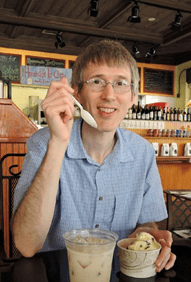






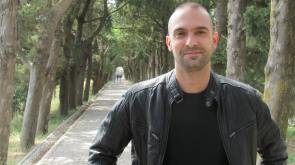
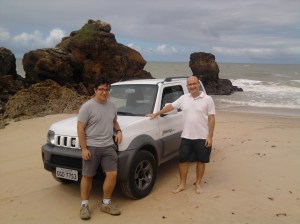
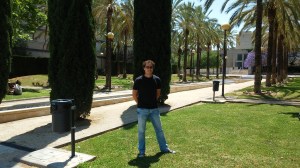
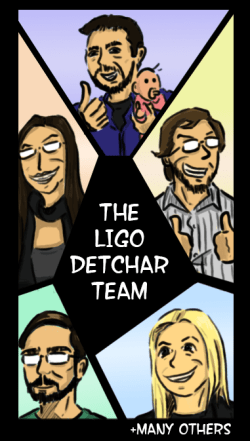

You must be logged in to post a comment.